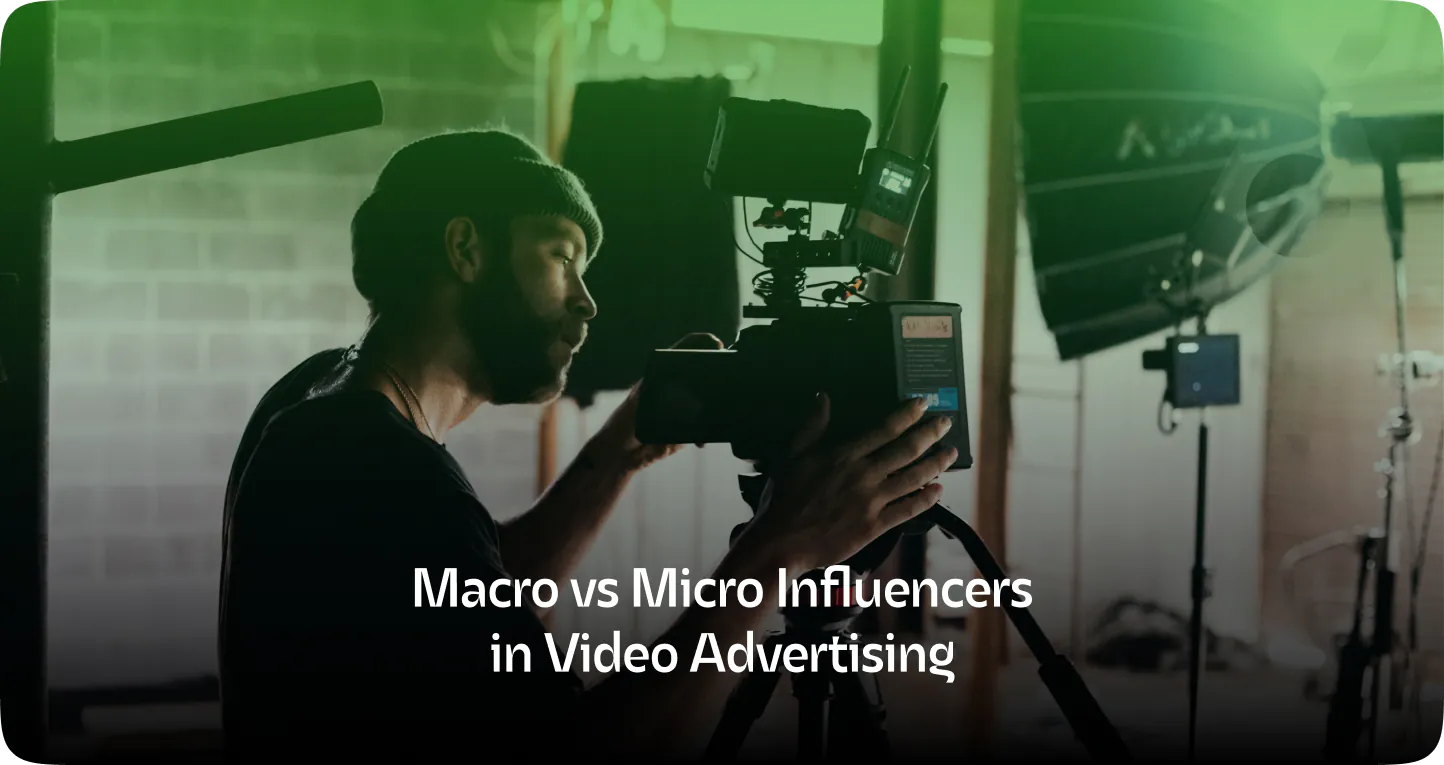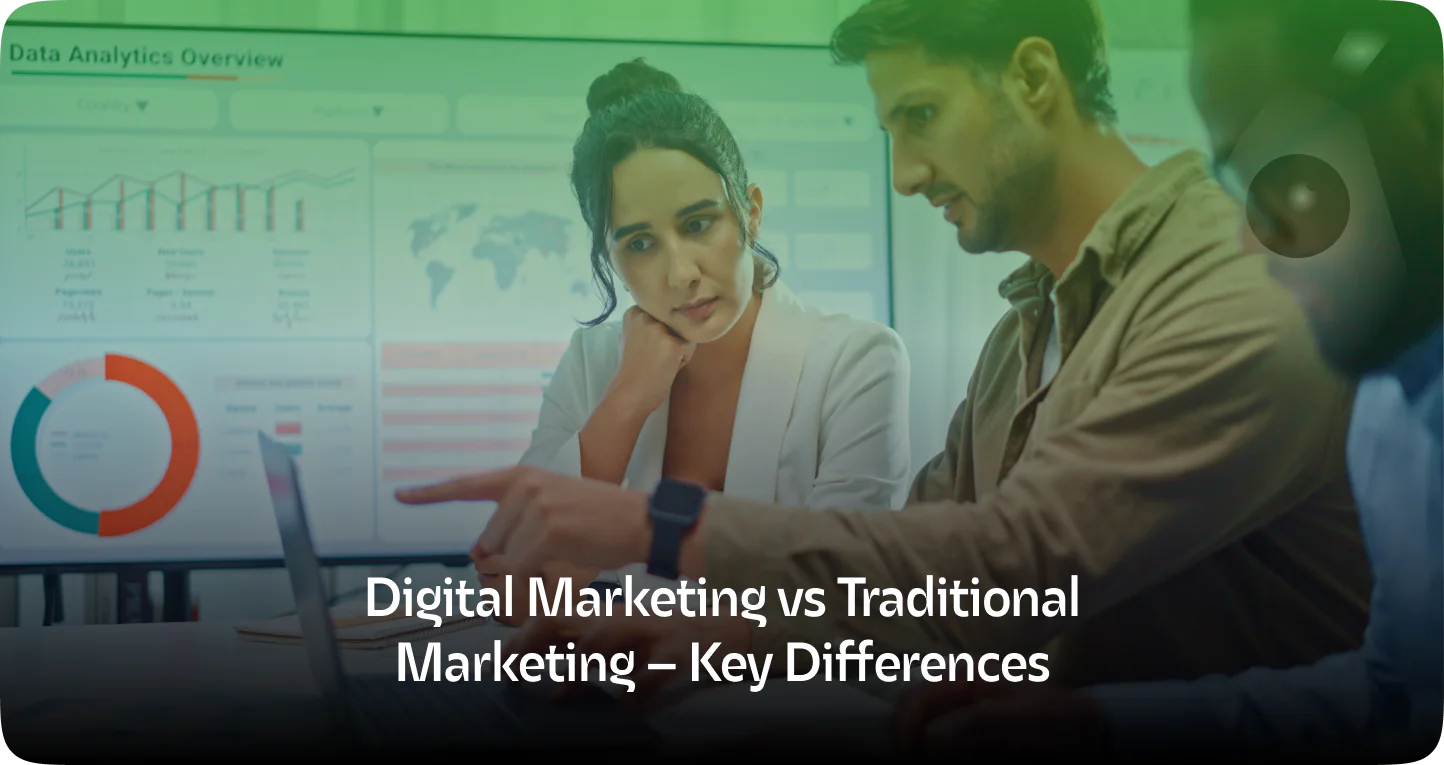Crafting a successful campaign in video advertising depends on knowing the difference between macro and micro influencers. Influencer marketing is becoming a main driver behind brand exposure, interaction, and conversion in the terrain of digital marketing of today. But for your objectives, which kind of influencer would be most suited? This paper explores in great detail the differences between macro and micro influencers in video advertising, their different advantages, and how best to use them with contemporary methods.
What is Video Advertising?
Digital marketing known as “video advertising” uses video material to highlight goods, services, or brands. YouTube pre-roll advertisements, social media videos, native video ads, and more may all be shapes it takes. From influencer integration to narrative, brands now use a broad spectrum of video advertising approaches to captivate consumers. Influencer marketing—especially the argument of mega versus micro influencers—has been a significant part of current video promotions as sites like Instagram, TikHub, and YouTube have grown.
Understanding Macro vs Micro Influencers
Who Are Macro Influencers?
Usually counting between 100,000 and over a million, macro influencers are people. They may include industry experts, internet personalities, or celebrities with a strong online presence.
Advantages of macro influencers in video advertising:
- Greater reach across multiple platforms
- More polished and professionally produced content
- High brand recognition and trust from a wide audience
However, macro influencers also come with higher costs and sometimes lower engagement rates compared to micro influencers.
Who Are Micro Influencers?
Conversely, micro influencers have a smaller but very active following—typically between 1,000 and 100,000 followers. Many times, they are seen as regular people who have developed trust within a particular group or as specialist experts.
Advantages of micro influencers in video advertising:
- Higher engagement and trust within their niche
- More relatable and authentic content
- Cost-effective for smaller brands and campaigns
Short Form Video Advertising and Influencer Strategy
Short form video advertising has grown in importance of digital marketing plans as services like TikHub and Instagram Reels explode. Micro influencers shine especially in this style as they can provide rapid, real, and interesting material that appeals to their local audience.
Why Micro Influencers Win in Short Form Content
Content created by micro influencers often is more natural and in line with current trends. Their short-form films are more likely to inspire viewers into consumers as their relationship with fans helps them to start a discussion.
Choosing the Right Influencer: Macro vs Micro
- Campaign Goals Matter
Macro influencers may provide exposure if your business wants widespread recognition and broad reach. Micro influencers usually show higher return on investment if the aim is to generate community or drive conversions in a narrow market.
- Budget Considerations
Macro influencer programmes often call for big expenses for post-editing, distribution, fees for video advertising, and video creation. Micro influencer relationships, on the other hand, are more flexible and less expensive.
Video Advertising Techniques with Influencers
Whether dealing with macro or micro influencers, campaign success depends on using smart video advertising methods. Among the finest plans are:
- Storytelling: Authentic stories from influencers feel more genuine.
- Tutorials and How-Tos: Especially effective on YouTube and Instagram.
- Behind-the-Scenes Content: Humanizes the brand and strengthens viewer connection.
- Challenges and Hashtags: Useful for short-form video platforms like TikTok.
These techniques help build emotional engagement, especially when the influencer’s style matches the brand’s message.
What is Digital Video Advertising and Its Importance?
Digital video advertising is the term used to describe video adverts sent across digital media including websites, social media, and streaming services. It enables very focused marketing and thorough analytics, therefore enabling marketers to maximise their return on investment. Depending on the platform, audience, and goal, macro and micro influencers both are rather important in digital video advertising.
Tools and Platforms for Video Advertising
Video Advertising Software
Brands employ a number of tools and video advertising programmes to handle, plan, and monitor campaigns. These systems provide performance monitoring, influencer cooperation, and optimisation:
- Adobe Premiere Pro (for editing)
- Vidyard (for analytics)
- Hootsuite or Sprout Social (for distribution)
Advertising Video on Demand
Advertising videos on demand (AVOD) sites such as YouTube, Hulu, and Amazon Prime Video let companies show advertising either before or during streaming content. Thanks to their slick, professionally produced videos, macro influencers are more likely to show up in AVOD advertising.
How to Advertise My YouTube Video with Influencers
Many companies ask: How best to promote my YouTube video?
- Select the right influencer (macro for reach, micro for engagement).
- Collaborate on content: Ensure it aligns with both the brand’s tone and the influencer’s voice.
- Use SEO tactics: Title, description, and hashtags should target the right audience.
Promote across platforms: Share the YouTube video on Instagram, TikTok, and other platforms to expand reach. - Track results: Use YouTube Analytics to assess engagement, watch time, and conversions.
The Future of Video Advertising with Influencers
Influencers—both global and micro—will continue to alter how companies interact with consumers as attention spans decrease and video material rules social media. Short form video advertising is the new benchmark rather than just a fad. Thriving in the fast-paced digital climate of today depends on matching this with the appropriate influencer approach.
Conclusion
In video advertising, macro versus micro influencers provide no one-size-fits-all solution. Your brand objectives, audience, and budget will all influence this. Micro influencers provide involvement and authenticity; macro influencers provide reach and prominence. Your company will reach significant and quantifiable success by matching your campaign goals with the appropriate influencer type and using clever video advertising approaches. Knowing this balance and adjusting to new video formats will define digital advertising going forward.
FAQs
Video advertising is a digital marketing strategy that uses video content to promote products, services, or brands across platforms like YouTube, social media, and websites to engage audiences and drive conversions.
Common types of video ads include in-stream ads (pre-roll, mid-roll, post-roll), out-stream ads, bumper ads, native video ads, and shoppable video ads, each designed to reach viewers in different formats and contexts.
The four main types of advertising are display advertising, video advertising, native advertising, and social media advertising—each using unique formats to reach target audiences across various digital channels.
Video ads boost engagement, improve brand recall, and drive higher conversion rates. They combine visuals and storytelling to effectively capture attention, explain products, and connect emotionally with audiences.












